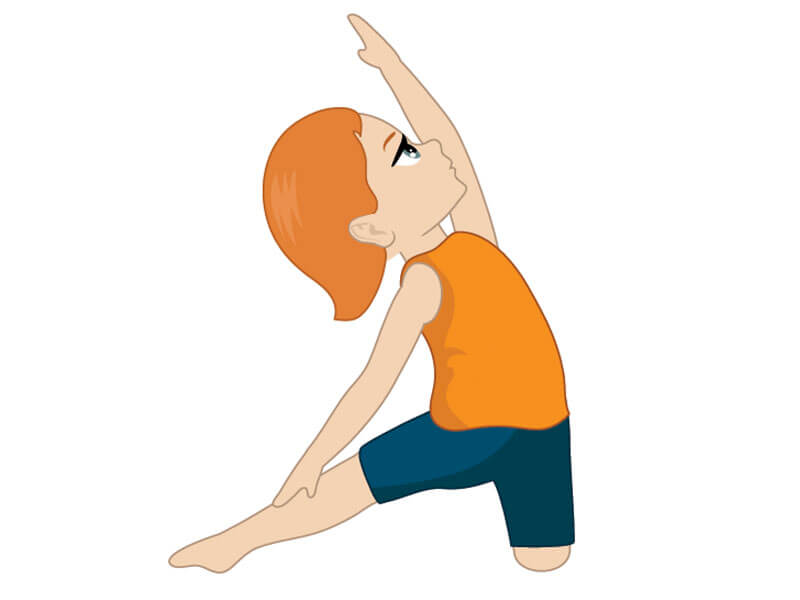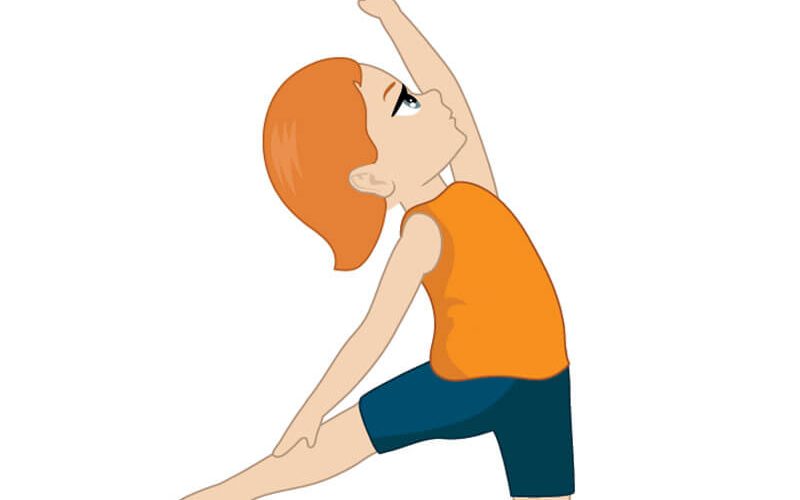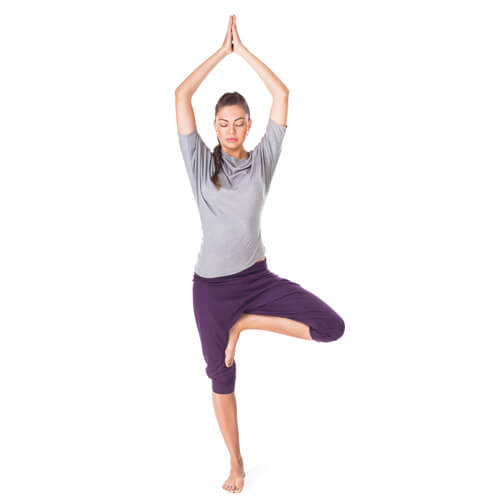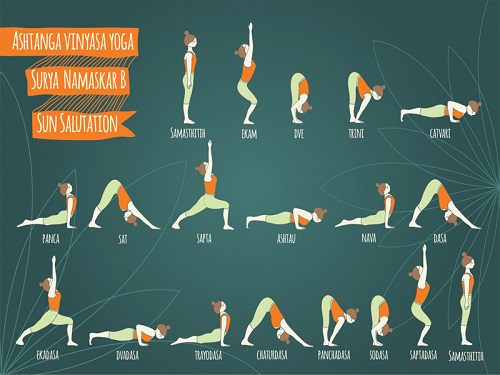Steps To Do Parighasana (Gate Pose Yoga)and Its Benefits
Yoga started in India, and it’s become popular around the world. Parighasana Yoga is a great way to increase flexibility. It has a combination of strength, grace, and charm and it’s not like ordinary yoga. Doing this asana can make your core strong, open up your heart, and help you unlock your body’s potential while stretching your sides.
Parighasana yoga is a position that stretches the sides of the body and opens up the chest. The name Parighasana comes from Sanskrit, where Parigha means “the bar used to close the gate” and asana means “pose”. This pose has many other names, such as Fence pose, Bar pose, Gate-Latch pose, Door pose, Extended side angle pose, and Side angle stretch pose.

Image source: Shutterstock
Try something new and have a great time while doing Parighasana. Learn more about it now!
Steps to Do Parighasana:
- Begin the pose by kneeling on the floor with your knees spread apart as wide as your hips and your legs together.
- Stay balanced and point your toes forward as you stretch your right leg out to the side.
- Breathe in while lifting your arms up and out to the same level as the floor.
- Lean your body to the right as you bend forward while breathing out. Put your left hand on your left hip to help keep your balance.
- Lift your right arm above your head and stretch to the right side gently.
- Keep your left knee and left shoulder in a straight line and tighten your stomach muscles.
- As you stay in this position, you should feel your right side stretching. Hold it for a few breaths.
- Go back to where you started.
- Do the same pose on the opposite side.
- Pay attention to how your body feels and don’t do too much. Talk to a knowledgeable yoga teacher if you have any health issues.
Introductory Poses for Parighasana:
Before doing Parighasana yoga, you can do some warm-up poses to make it easier.
- Upavistha Konasana.
- Utthita Parsvakonasana.
- Virasana.
- Utthita Trikonasana.
- Adho Mukha Svanasana.
- Baddha Konasana.
- Prasaritha Padottanasana.
- Supta Padangusthasana.
Advantages of Parighasana:
- Doing Parighasana yoga can have a big positive effect on your life and how fit you are. Some of the advantages are:
- Parighasana helps your breathing become easier and more efficient by expanding your lungs, which can be helpful for people who have asthma or Chronic Obstructive Pulmonary Disease
- The gate pose in yoga is a good way to stretch and get your digestive organs working since it involves bending to the side.
- Doing this pose on a regular basis could help you avoid problems like constipation, gas, and irritable bowel syndrome.
- The Parighasana helps keep your heart and blood vessels healthy and free from disease by stimulating the chest area.
- This exercise helps keep your hormones in check by giving your organs like kidneys, spleen, liver, intestines, and stomach a massage, which helps to protect against diseases in those organs.
- The gate pose helps you stand up straight and can be helpful for people with pain or tightness in their lower back.
- Parighasana helps stop any problems with being overweight by helping you lose weight and stretching your body.
Be Careful and Avoid:
Here are some tips to help you get the most out of doing Parighasana: Take these precautions and contraindications into account.
- Do postures like Ado Mukha Svanasana or Virasana to get your body ready to do the Parighasana yoga stretching exercise.
- If you cannot move much or feel pain, you can sit in a chair or use something like a bolster or a cushion to help.
- If you are new to something, don’t overstretch yourself.
- If you are not sure, ask a knowledgeable teacher to show you the right way to do Parighasana yoga.
To finish, Parighasana yoga, or gate pose, is a great mix of energy, strength, and stretching. Doing this yoga posture can give you a feeling of growing and elegance, and will open up your sides. By doing this pose often, you can become more flexible, have better posture, and feel more connected to your heart and core. Read the article and do the steps to get the most out of this pose. Let us know if this article was useful to you!
FAQ:
1. Name some follow-up poses for Parighasana yoga?
The follow-up poses for Parighasana Yoga include:
- Utthita Parsvakonasana.
- Parvitta Janu Sirshasana.
- Trikonasana.
2. What safety precautions are to be taken while practicing Parighasana Yoga?
few things you need to keep in mind while practicing Parighasana yoga:
- Keep looking ahead, and don’t turn your face up if you have a neck injury.
- Gently release and leave the pose if you feel uncomfortable or in pain.
- People with knee, hip, or shoulder injuries should avoid this pose.
3. Who all can practice Parighasana Yoga?
Most people can do Gate Pose, which is a form of Yoga. However, if you have any health issues or worries, it is best to talk to a doctor or yoga teacher. Remember to be aware of your body’s limitations while doing this pose.
Read More:



